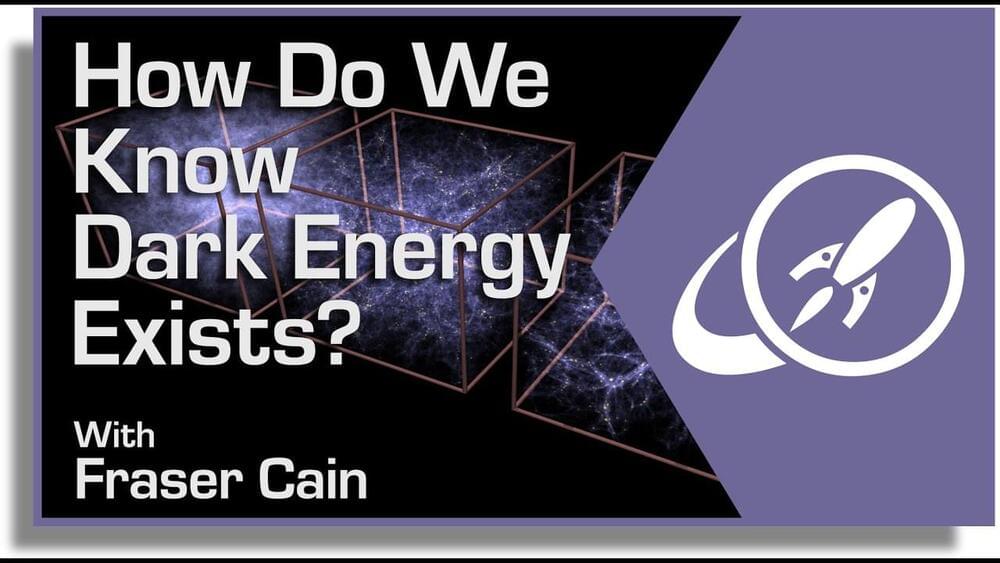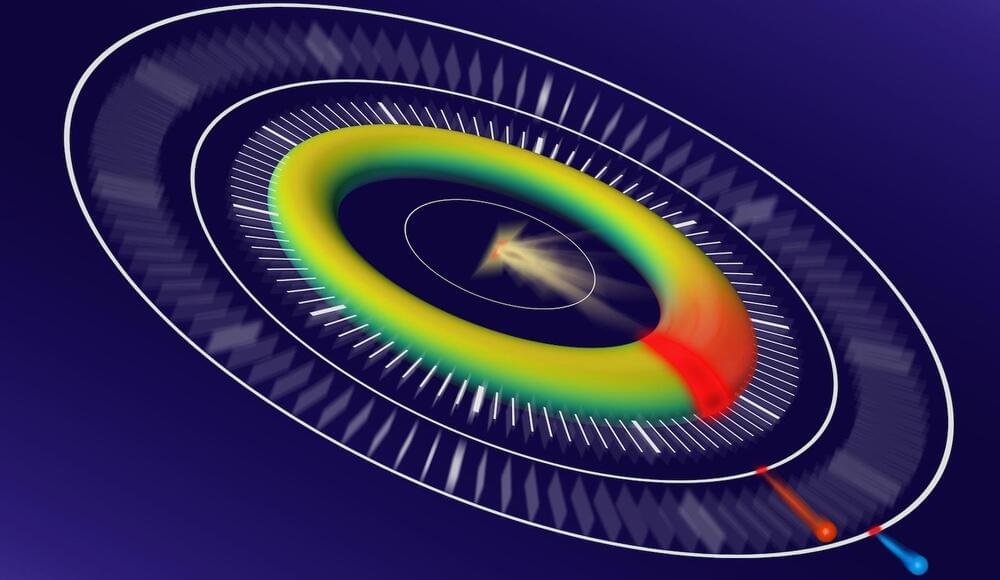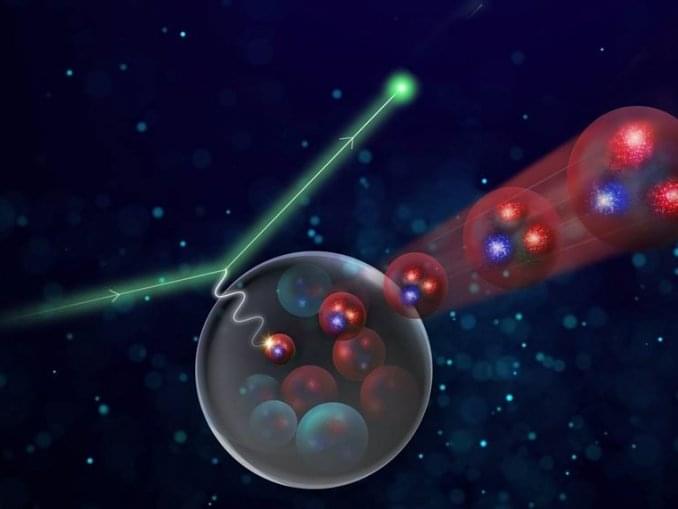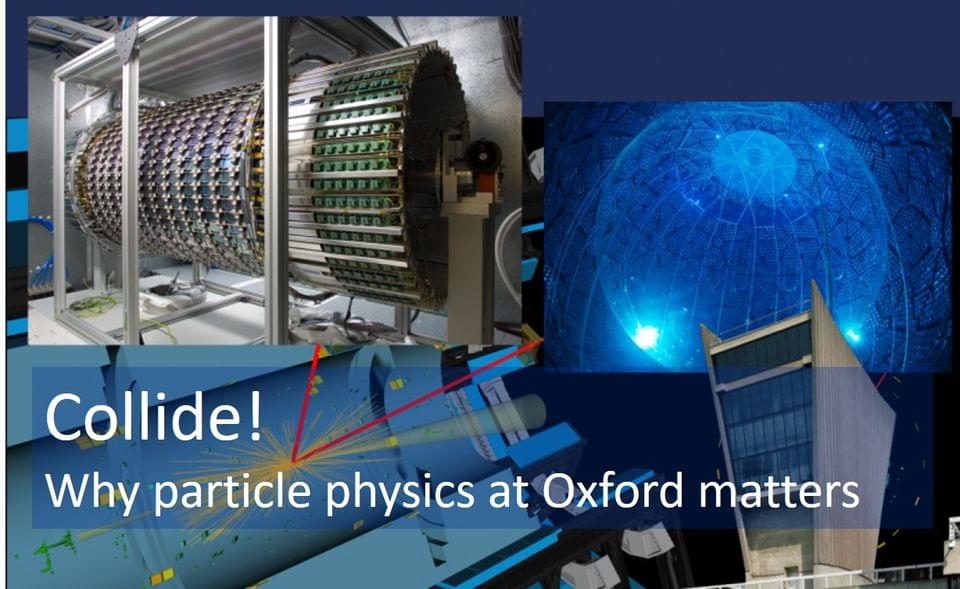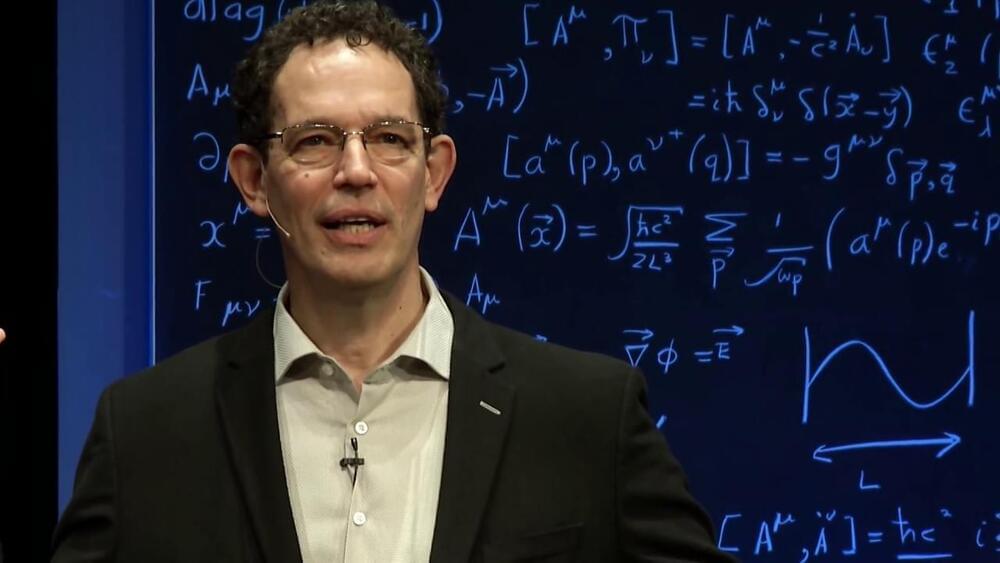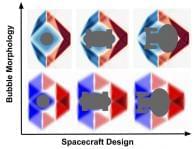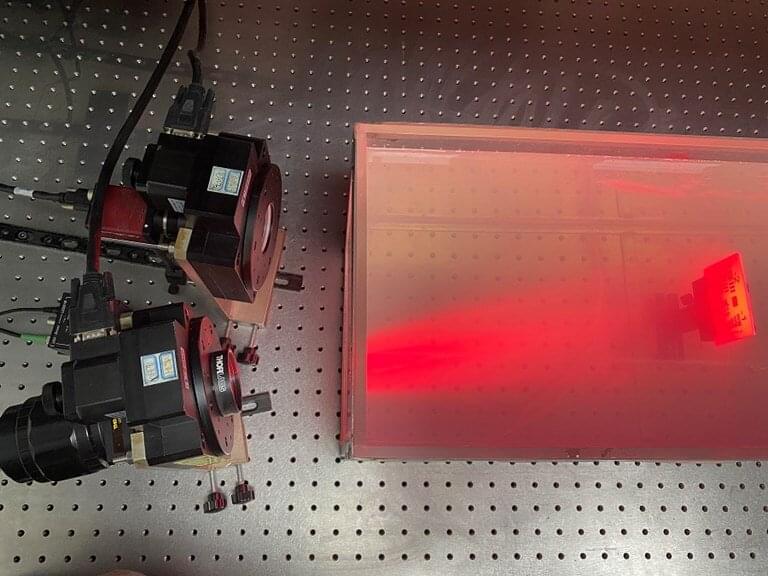Sep 22, 2021
A Particle Physics Experiment Might Have Directly Observed Dark Energy
Posted by Quinn Sena in categories: cosmology, particle physics
In a new study, a team of researchers proposed that Dark Matter detectors could also search for the elusive force that is causing our Universe to expand (Dark Energy)!
About 25 years ago, astrophysicists noticed something very interesting about the Universe. The fact that it was in a state of expansion had been known since the 1920s, thanks to the observation of Edwin Hubble. But thanks to the observations astronomers were making with the space observatory that bore his name (the Hubble Space Telescope), they began to notice how the rate of cosmic expansion was getting faster!
Continue reading “A Particle Physics Experiment Might Have Directly Observed Dark Energy” »
